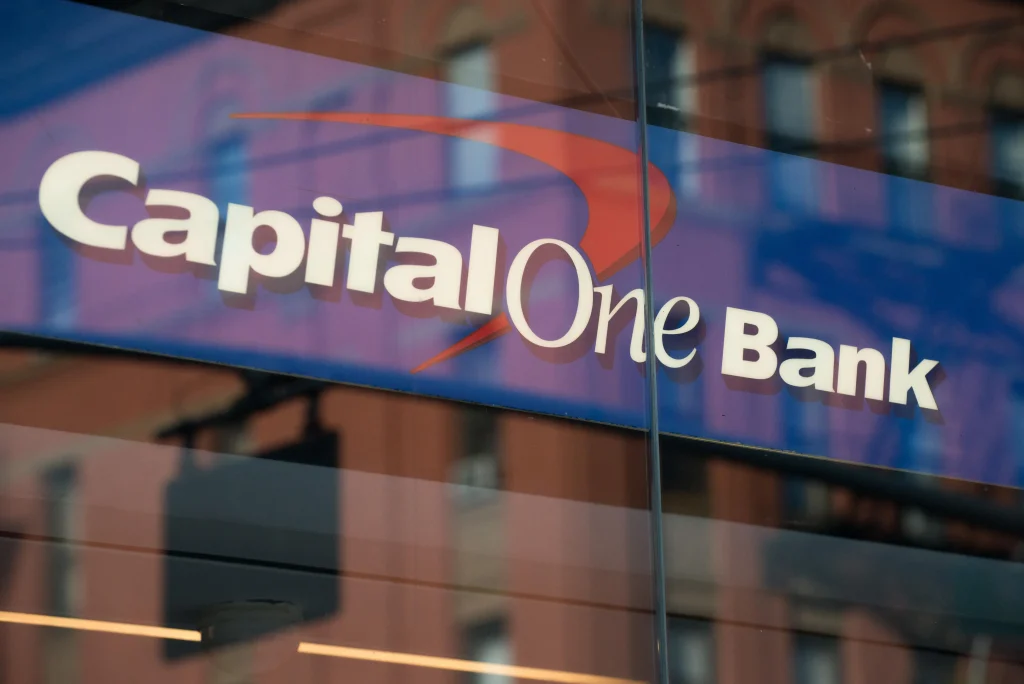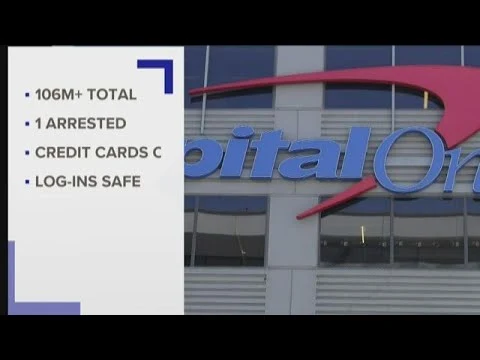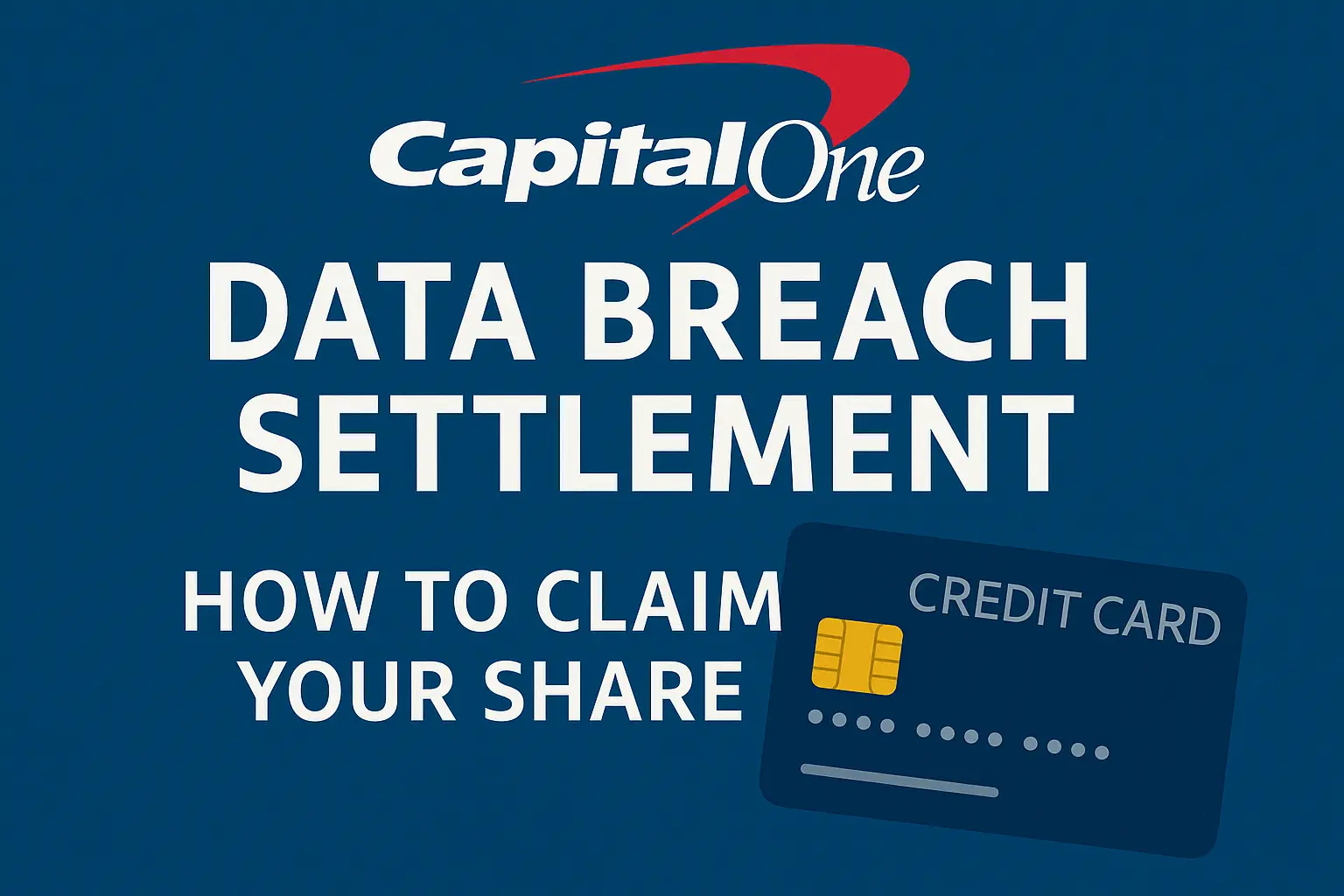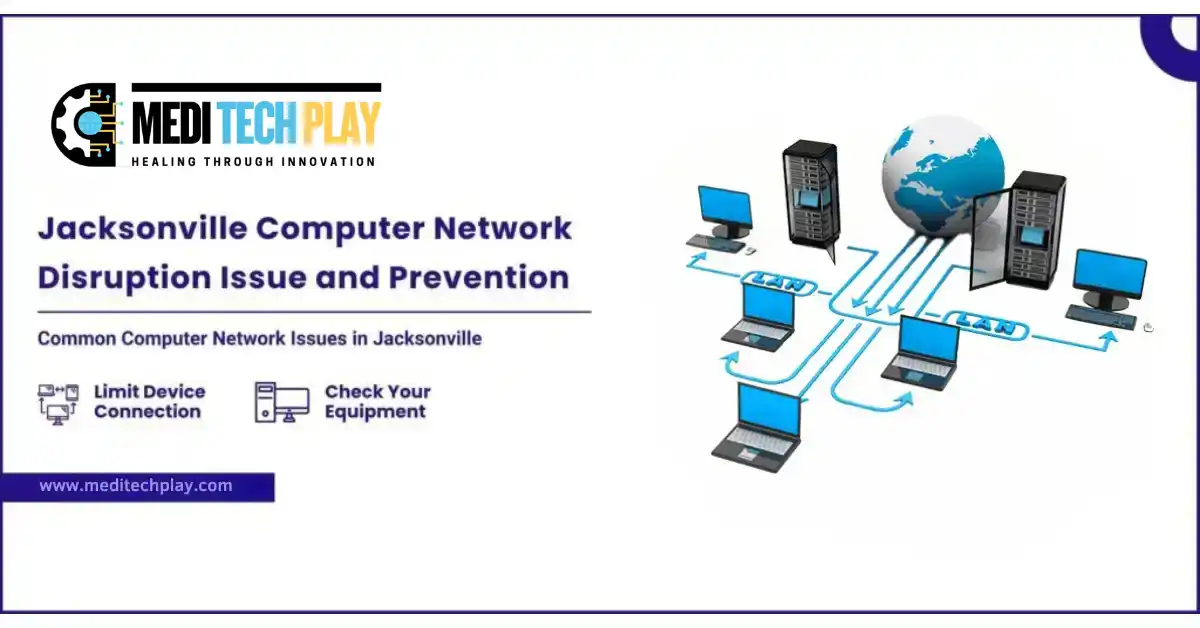In July 2019, Capital One suffered one of the largest data breaches in U.S. history, exposing the personal information of more than 100 million customers. The breach, caused by a hacker who exploited vulnerabilities in Capital One’s cloud infrastructure, has led to a class-action lawsuit and a $190 million settlement. If your personal data was compromised, you may be eligible to claim compensation. This article covers everything you need to know about the settlement. Including who qualifies, how to file a claim, and how much you could receive.
What Happened in the Capital One Data Breach?
In March 2019, Capital One’s cloud infrastructure was breached, exposing sensitive information such as:
- Social Security numbers of approximately 140,000 individual
- Bank account numbers of around 80,000 people
- Personal details like addresses, phone numbers, credit scores, and transaction data.
Paige Thompson, a former AWS (Amazon Web Services) employee, caused the breach by exploiting a misconfigured web application firewall (WAF). Despite Capital One’s state-of-the-art cloud infrastructure, including encryption and tokenization. The attack was able to access and decrypt the data due to vulnerabilities in its system design.
The attack remained undetected for four months, and authorities fully disclosed the breach after arresting Thompson. In response, Capital One has agreed to pay a $190 million settlement to affected customers.
Who Qualifies for Compensation in the Settlement?
Customers who had their Social Security numbers, bank account details, or other sensitive information exposed can join the class action settlement. Although Capital One already notified affected individuals, you can still contact the settlement administrator and file a claim if you believe the breach impacted you and you didn’t receive a notice.
In total, 98 million Capital One customers could be eligible for compensation.
What Compensation Can You Receive?
The $190 million settlement will compensate affected customers for their time, money spent on preventing identity theft, and other related losses. Here’s how you can be compensated:
- Up to $25,000 for losses, including unreimbursed fraud charges, expenses for identity theft protection services, and time spent dealing with the breach.
- 15 hours of lost time: If you can demonstrate time spent addressing the issue, you can claim up to 15 hours at a rate of $25 per hour.
- Free identity protection services: Capital One is providing three years of identity monitoring services through the Pango Group, which includes dark web monitoring, security freeze capabilities, and $1 million in fraud insurance.

How Do You File a Claim?
To claim your compensation from the settlement, follow these steps:
- File Online: Visit the official settlement website and provide the Unique ID and PIN found in the notification you received.
- Submit Documentation: You may need to provide receipts, bank statements, or invoices to support your claim.
- Mail Your Claim: If you prefer, you can print out a paper claim form and mail it to the settlement administrator at the following address:
- Capital One Data Breach Settlement Administrator
- P.O. Box 4518, Portland, OR 97208–4518
If you didn’t receive the notice or have lost it, you can contact the settlement administrator for assistance.
When Will Payments Be Made?
Although the court approved the settlement in September 2022, potential appeals may delay the distribution of funds. The settlement administrator will notify claimants of the expected payment timeline and will issue payments via direct deposit or paper check, depending on the selected option.
Why Was the Capital One Data Breach So Devastating?
The Capital One data breach wasn’t just a result of technical failure; it was a systems failure, involving both organizational decisions and mismanagement of risk.
- Misconfigured Web Application Firewall (WAF): The breach was made possible by a misconfigured WAF that exposed the bank’s internal systems to attack.
- Cloud Security Vulnerabilities: Even though Capital One was considered one of the most cloud-savvy companies, the shared responsibility model between Capital One and AWS resulted in significant vulnerabilities that led to this breach.
- Excessive Permissions: The hacker gained access to Capital One’s sensitive data by exploiting excessive permissions granted to a misconfigured EC2 instance.
The breach exposed several systemic flaws in Capital One’s cybersecurity controls, which contributed to the breach’s magnitude. These flaws included poor configuration management, inadequate monitoring, and failure to detect the breach early.
How to Protect Yourself After the Breach
If the Capital One data breach exposed your personal information, you should take the following steps to protect yourself:
- Activate Free Identity Protection: Take advantage of the three years of identity protection services offered as part of the settlement.
- Monitor Your Accounts: Regularly check your bank and credit card statements for any unauthorized transactions.
- Place Fraud Alerts: Consider placing a fraud alert or security freeze on your credit file to prevent new credit accounts from being opened in your name.
- Report Suspicious Activity: If you notice any suspicious activity, immediately report it to your bank and the Federal Trade Commission (FTC).
The Broader Impact of the Capital One Data Breach

The Capital One breach is not just an isolated incident. It is a stark reminder of the growing risks associated with cloud computing, particularly when it comes to misconfigured cloud systems and the shared responsibility model. The breach has prompted regulators to scrutinize AWS and call on the company to improve its security practices. Moreover, it has led to increased attention on financial institutions and how they manage customer data in the cloud.
As we move further into a cloud-driven era, businesses must prioritize cybersecurity and ensure that they are taking proactive steps to secure customer data and comply with industry regulations.
Conclusion
The Capital One data breach has affected millions of customers and led to a $190 million settlement. If the breach impacted you, you should file a claim now and secure your compensation.
The breach highlights the importance of robust cybersecurity practices, especially when leveraging cloud services. It powerfully reminds organizations to strengthen their security measures, ensure proper configurations, and address vulnerabilities before attackers can exploit them.
If you’re unsure about your eligibility for the settlement or need help filing your claim, contact the settlement administrator today.
FAQs
Customers whose Social Security numbers or bank account numbers were exposed in the breach are eligible. Check your mail for a notice from Capital One or contact the settlement administrator.
You may be eligible for up to $25,000 for losses such as fraud charges, time spent addressing the issue, and other expenses. Additionally, you will receive three years of identity protection services.
You can file online at the settlement website or by mailing in a paper claim form along with the necessary documentation.
The settlement administrator is expected to distribute payments several months after the settlement’s final approval, depending on the timeline they set.
ReadMore: SimpCity Forum 2025: Status, Access Help, and Search Guide





